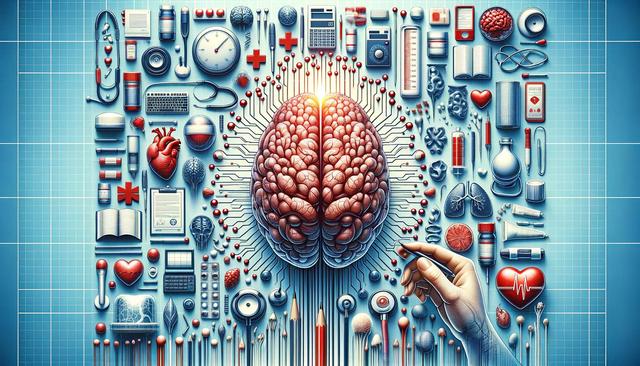The Importance of Exercise Post-Stroke
Physical activity plays a vital role in the recovery journey after a stroke. Engaging in appropriate exercises can help improve mobility, increase strength, and enhance overall well-being. Post-stroke rehabilitation exercises are designed to target specific areas affected by the stroke and to promote neural recovery. Persistence and patience are key, as progress can be gradual. With the right support and a tailored exercise program, many stroke survivors can achieve remarkable improvements.
Physical Therapy: The Foundation of Recovery
Physical therapy is often the cornerstone of post-stroke rehabilitation. It involves a variety of exercises specifically aimed at improving balance, coordination, and muscle strength. A physical therapist can create a customized program that addresses individual needs. Common exercises include:
- Range-of-motion exercises: To help maintain flexibility and prevent joint stiffness.
- Balance training: Essential for reducing the risk of falls and improving stability.
- Strengthening exercises: Focused on rebuilding muscle strength and endurance.
Regular sessions with a physical therapist can significantly enhance recovery outcomes and provide stroke survivors with the tools they need to regain independence.
Occupational Therapy: Regaining Daily Skills
Occupational therapy focuses on helping stroke survivors regain the skills needed for daily living and work activities. This type of therapy targets fine motor skills, cognitive functions, and daily task management. Occupational therapists work with individuals to practice tasks such as dressing, cooking, and personal care, aiming to restore confidence and independence. They may also use assistive devices to aid in these tasks, ensuring that stroke survivors can perform activities safely and effectively.
The Role of Cardiovascular Exercise
Incorporating cardiovascular exercise is beneficial for stroke recovery as it can improve heart health, increase endurance, and boost overall energy levels. Suitable activities include walking, swimming, and cycling, which can be adapted to the individual’s capabilities. Cardiovascular exercises help enhance circulation and can lead to improvements in mood and mental health. Starting with shorter sessions and gradually increasing duration and intensity can prevent overexertion and support sustainable progress.
The Psychological Benefits of Exercise
Beyond physical recovery, exercise has profound psychological benefits for stroke survivors. It can reduce symptoms of depression and anxiety, common challenges faced during recovery. Engaging in regular physical activity can increase the production of endorphins, the body’s natural mood elevators. Social aspects of group exercise classes or therapy sessions can also reduce feelings of isolation. A supportive environment where progress is celebrated can significantly boost morale and motivation.
Conclusion
Recovering from a stroke is a multifaceted journey that requires a comprehensive approach to rehabilitation. Exercises play a pivotal role in this process, aiding in physical and mental recovery. By incorporating a mix of physical, occupational, and cardiovascular exercises, stroke survivors can improve their quality of life and regain a sense of autonomy. With the guidance of healthcare professionals and a supportive network, the path to recovery becomes a shared journey marked by progress and hope.
